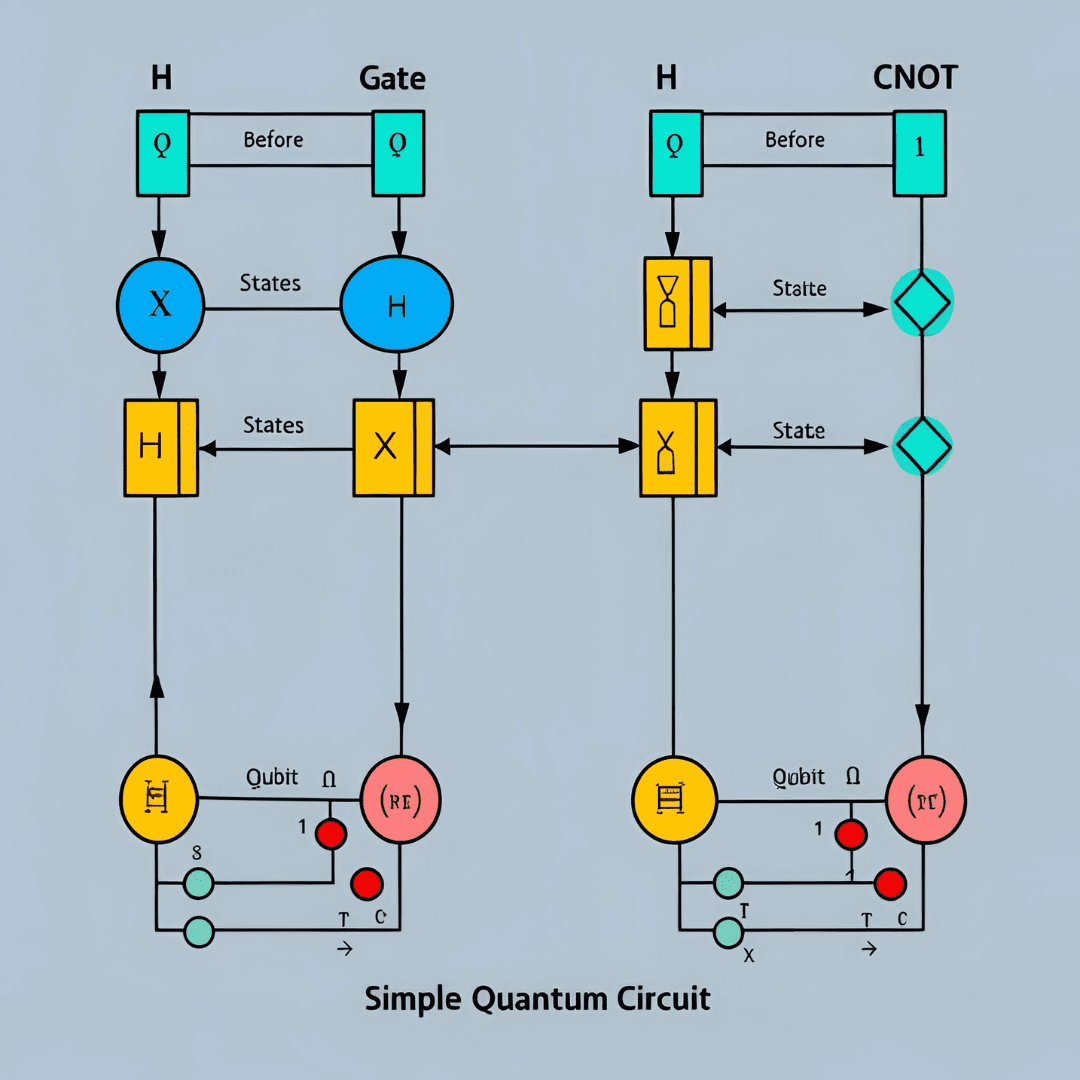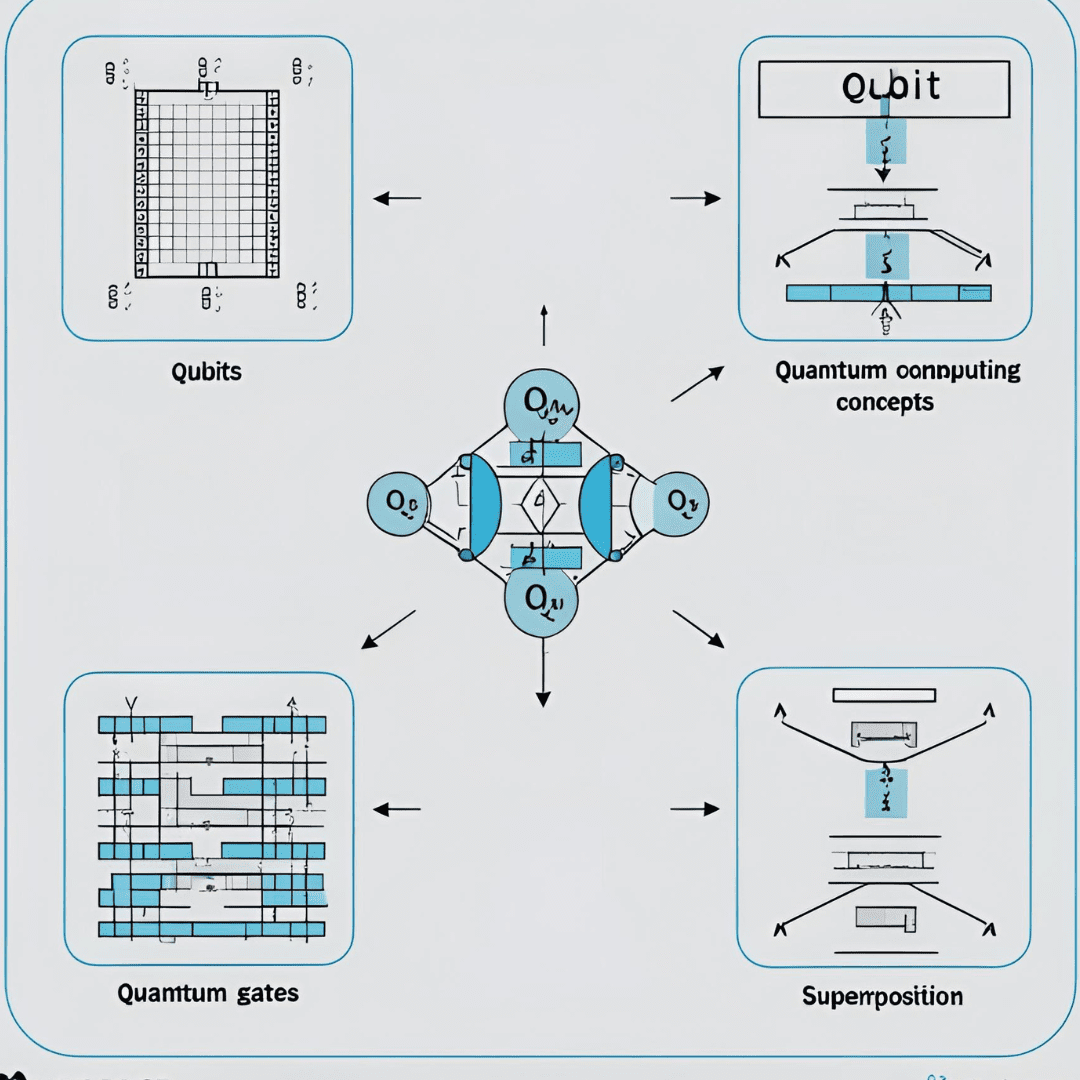Gratitude is a simple yet powerful practice that can significantly transform your life. When incorporated into your daily routine, it has the potential to increase happiness, improve emotional well-being, and even bring benefits to mental and physical health. Scientific studies show that gratitude can reduce stress, improve resilience, and foster a more positive outlook on life. Let’s explore how daily gratitude exercises can enhance your happiness and well-being.
The Impact of Gratitude on the Mind and Body: Proven Benefits
Before diving into the gratitude exercises, it’s important to understand the positive impact this practice has on our mental and physical health. Research shows that gratitude activates areas of the brain related to pleasure and reward, releasing neurotransmitters such as dopamine and serotonin, which help improve mood and reduce stress.
Furthermore, gratitude can reduce symptoms of anxiety and depression, boost self-esteem and sleep quality, and even strengthen the immune system and cardiovascular health. With these benefits, it’s clear that gratitude is not only an emotional practice but also a way to take care of your health.
A Simple and Powerful Exercise: The Gratitude Journal
The gratitude journal is one of the most effective exercises for cultivating gratitude daily. To begin, simply dedicate a few minutes of your day to writing three things you are grateful for. It doesn’t matter whether they are small or large; the key is to focus on the good things in your life.
Doing this at the start of the day helps create a positive mindset from the get-go, while doing it at the end of the day helps reflect on the positive aspects, even during tough days. With daily practice, you’ll begin to notice significant changes in your emotional and mental state.
Gratitude Meditation: Appreciating the Present with Fullness
Meditation is an excellent tool to incorporate gratitude into your day. Gratitude meditation allows you to slow down, calm the mind, and focus on the things you are grateful for. By dedicating a few minutes each day to this practice, you can connect more deeply with the present moment and the things that truly matter.
Start the meditation with a deep breath, then visualize and feel gratitude for people, moments, or aspects of your life. This helps reduce stress, increase focus, and foster a sense of inner peace.
Gratitude in Motion: Appreciating Your Body During Exercise
You can incorporate gratitude into your physical exercise routine. While doing activities like walking, running, or yoga, take a moment to thank your body for its health and ability to move.
For example, while walking, you can be grateful for having the strength to take each step. In yoga practice, focus on being thankful for the time dedicated to self-care. By integrating gratitude into exercise, you transform the physical experience into a positive emotional one, which also helps you stay motivated.
Gratitude Letters: Recognizing the Importance of People in Your Life
Writing gratitude letters is a powerful gesture, both for the writer and the recipient. Taking the time to write a letter to someone who has made a difference in your life is a deeply meaningful way to express your appreciation.
You can write letters to friends, family, or even people you admire. The goal is not to expect something in return, but to offer sincere thanks. This exercise can strengthen your relationships and increase your sense of belonging and happiness.
Reflecting on the Past: Gratitude for Life’s Lessons
Reflecting on the past is an excellent way to practice gratitude. By looking at the challenging moments you have overcome, you can be thankful for the lessons and growth those challenges have brought.
This exercise not only helps shift focus from difficulties to learnings but also creates a sense of appreciation for your personal journey. Reflecting on past victories allows you to connect with your inner strength and resilience.
Sharing Gratitude: Spreading Positivity to the World
Another valuable exercise is sharing your gratitude with others. This can be done in various ways: a simple “thank you” for something someone did, a genuine compliment, or even a message of appreciation.
This act not only boosts your own mood but also contributes to a more positive environment around you. The more you share gratitude, the more it returns to you, creating a cycle of positivity and happiness.
Long-Term Benefits of Daily Gratitude Practice
By adopting daily gratitude, you will begin to notice long-lasting changes in your life. The regular practice of gratitude has the power to shift your worldview, making you more positive, resilient, and content with your life.
Gratitude is not just a temporary practice but a life philosophy that, when incorporated into your daily routine, can transform your mental, emotional, and even physical health. Over time, you will feel happier, more balanced, and in tune with the present.














